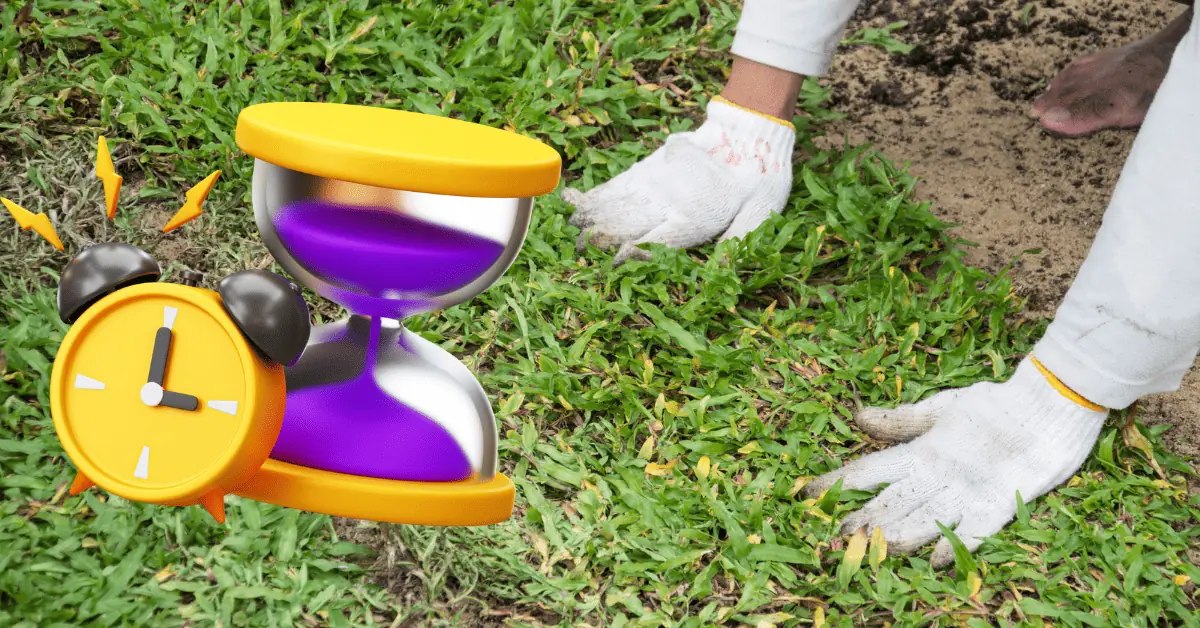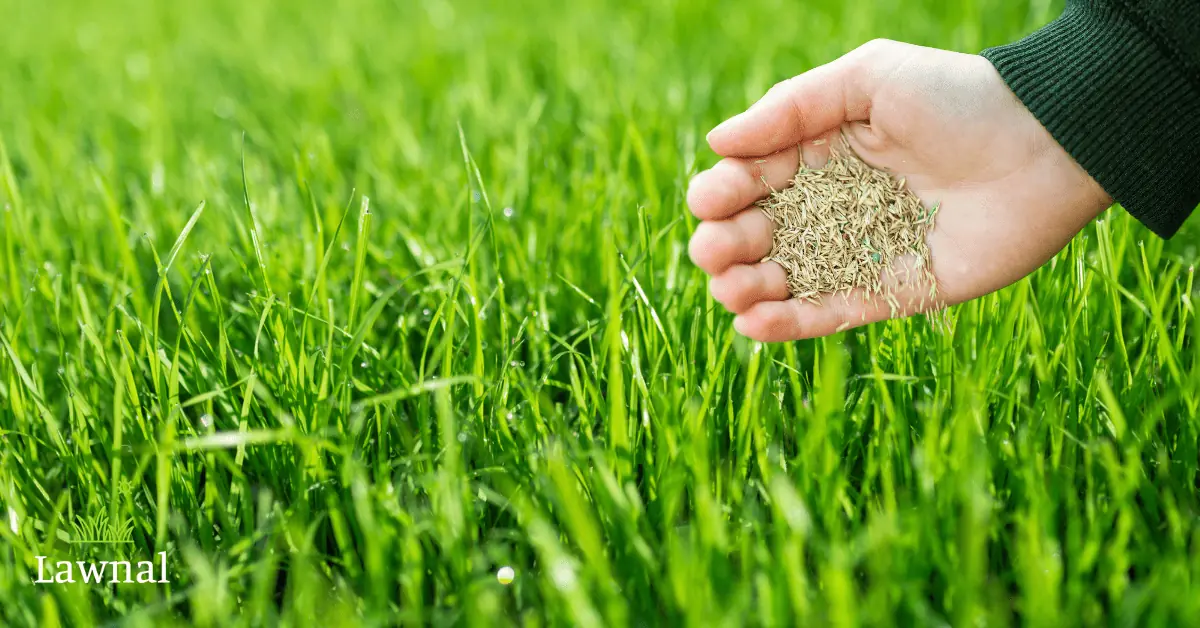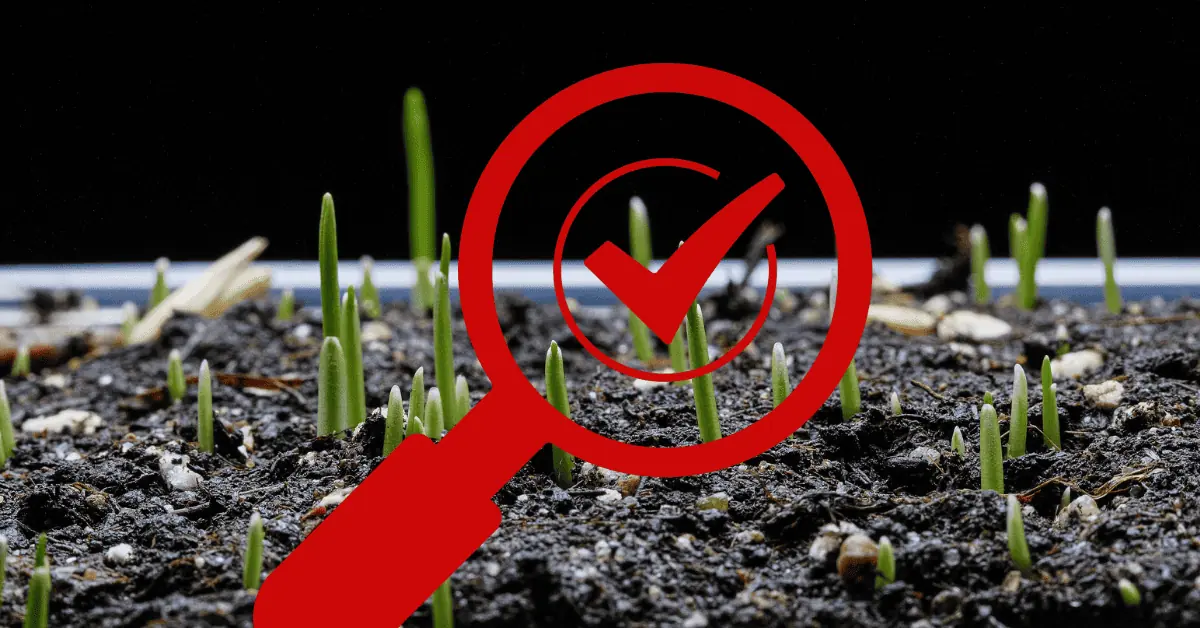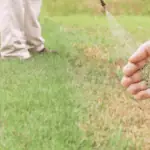You want perfect grass all over your yard or garden, but getting the basics down takes so much commitment. One of the common questions you’re faced with is, “Will grass seed germinate on the topsoil?” Most times, the answer to this is yes.
According to experts, burying your seed is wrong, as doing so can stop young grass shoots from breaking through. With too much soil on the young grass, the pressure leaves them struggling to germinate.
How well your seeds germinate depends on how and where you plant them. Continue to read to learn what happens when you plant grass seed on top of the soil and how to prepare the ground.
Will Grass Seed Grow on Top of the Soil?
Yes, germination will suffer if too much soil is placed on grass seeds. For this reason, many experts recommend putting a thin layer of mulch over them. This will keep them moist and warm and promote growth.
It’s best to plant grass seeds only ¼ inch deep. Also, the seeds should be pressed into the loosened soil. You have planted too deep if you plant them much deeper or covered with an inch or two of fresh soil. The seed will not germinate.
To get your grass seeds off to a perfect start, put a very thin layer of topsoil cover over them. That will protect them from washouts and conceal them from birds. Most mulches are biodegradable, swelling to encase the seed in a warm, moist blanket.
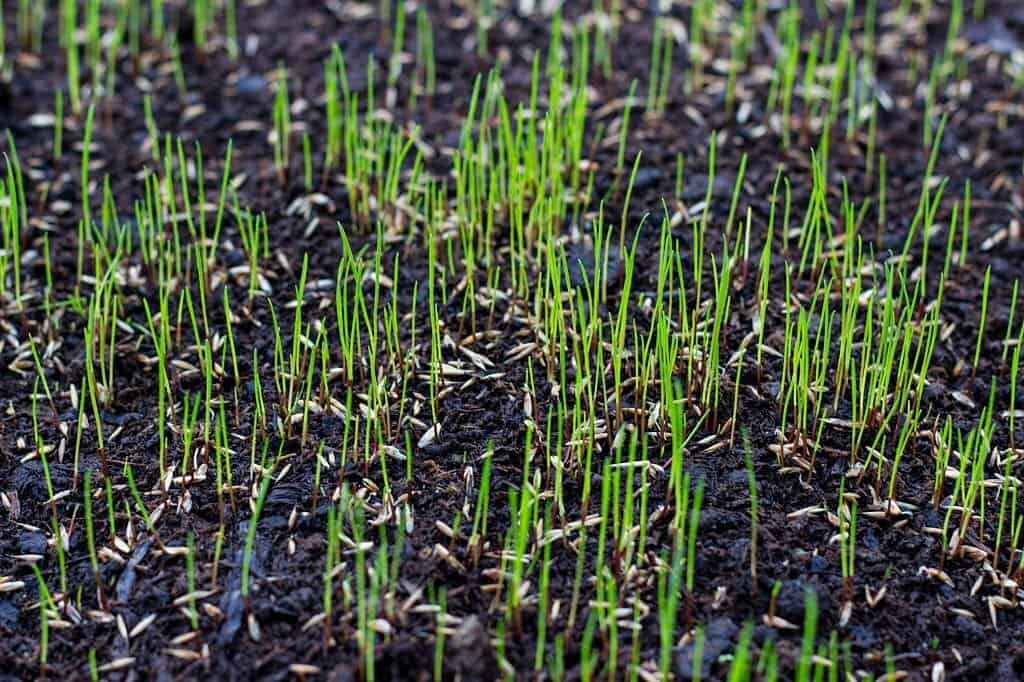
Planting Grass Seeds: Ground Preparation
Giving your grass seeds the best start will ensure you achieve a healthy, lush lawn. The following steps will help you get it right.
1. Remove Any Weeds
Weeds are a plague in the grass, regardless of the germination stage. You must remove them to avoid scenarios where the weeds compete with your new grass for food, water, and nutrients. Remove the weeds by pulling them out by hand or with a broad-spectrum herbicide.
2. Loosen the Top Soil
With the weeds gone, it’s time to loosen the topsoil so the newly rooted seedling can grow into the little pockets. You don’t need to turn the soil over after loosening it up.
You can use the right fork to do this, especially if seeding small areas. If the site is large, you might need an aerator to run over the ground.
3. Cover Holes with Sand
No matter how small a dip or hole is, it’s best to cover it with sand. An uneven ground will lead to an uneven lawn, which wouldn’t look good to the eye. However, filling those holes will look nice in the long run and make mowing easier later.
4. Test the Soil
Now is the perfect time to test your soil’s nutrients and pH levels. Since grass mostly prefers slightly acidic soil ranging from a pH of 6.2 – 7, test and observe whether that’s the case on your soil. If it’s necessary, amend the pH of the soil.
For slightly alkaline soil, try adding wood ash or lime. Conversely, if your soil is highly acidic, add sulfur or organic material, including compost, to lower the pH level.
5. Apply Starter Fertilizer to the Soil
Starter fertilizer will boost the growth of the grass seeds. Get a suitable one with the required nitrogen, phosphorus, and potassium levels and spread it over the ground. Lightly water the ground, but avoid overwatering. Now your patch of ground is ready for planting new grass seeds.
Seeding New Lawn
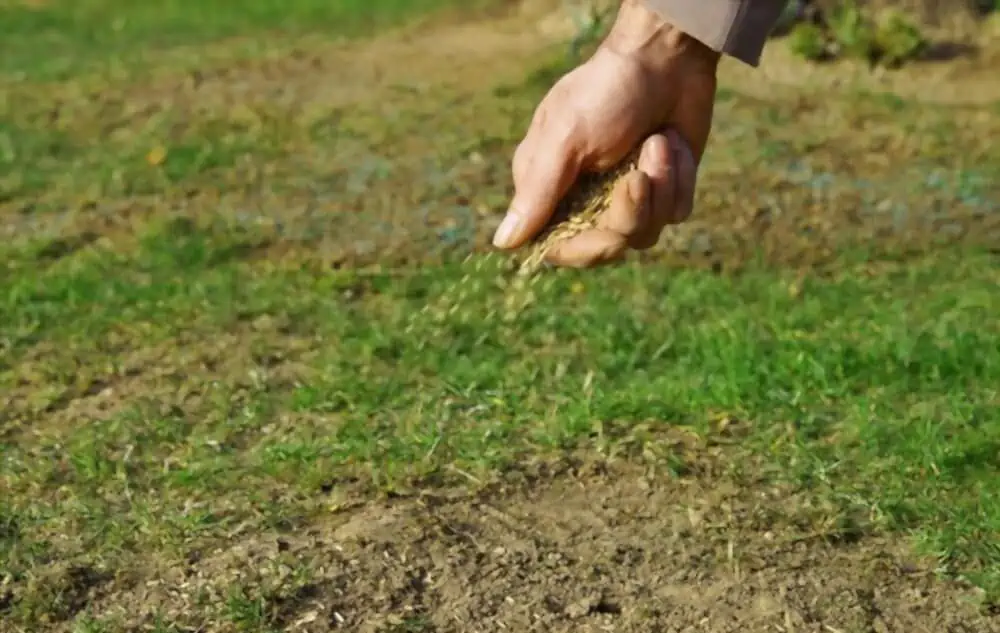
Seeding your lawn takes several steps and patterns to ensure you have the best results. Some of them are explained below.
- Firstly, select the correct grass seed that matches the climate. You can plant a single grass variety or get a blend of grasses suited to your environment. Some gardeners and homeowners even buy grass seed, mulch, and fertilizer. If you can manage it, go ahead.
- Secondly, measure your area and figure out how large it is. The information will help you know how to broadcast the grass seeds.
- If you have a small area, scatter the seeds by hand. For larger areas, use a seeder for planting. Types of seeders include a hand-cranked seeder, chest-mounted seeder, and push-along seeders. Choose what works depending on your preferences and the size of your area.
- There’s a general rule of thumb while scattering grass seeds. Scatter 15-20 seeds over every square inch of ground for enough coverage.
- While broadcasting, overlap as you walk along to avoid bare patches.
Strong Contact Between Seed and Soil
Seed contact is essential to help your seeds grow effectively. However, ensure it is correctly done to help the first root (radicle) to spread into the ground and establish itself. This needs to happen quickly, or else the seed may die.
There are several ways to ensure your grass seed gets the best contact with the soil, including the following:
- Gently rake the ground to mix the seed and the soil.
- Use an empty roller to go over the ground.
Either of these ways will effectively push the seed into contact with the soil.
Watering your Newly Planted Grass Seeds
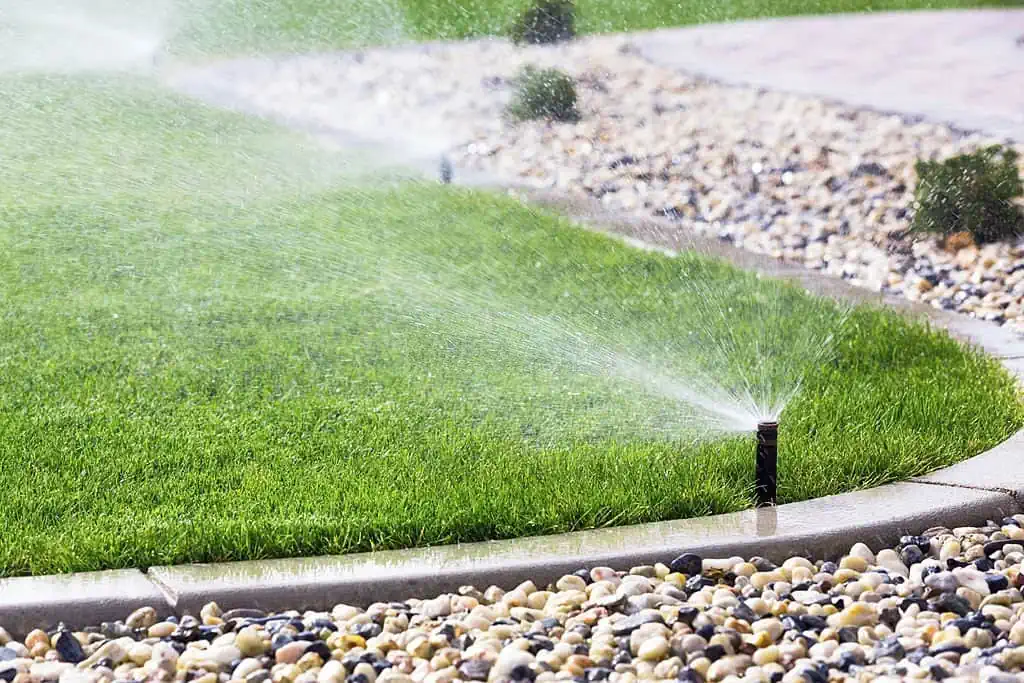
Regardless of the type of grass you want to plant, the seeds need moisture to grow. For this reason, ensure that your little seedlings remain fresh. The topsoil should always be moist because the seeds will dry out and die without moisture.
On the other hand, watering should be done moderately because your seeds might get washed away. Therefore, lightly water using a hose with a mister attachment. This way, the soil has enough moisture without disturbing the seeds.
Check the soil daily to ensure it is moist and to check on the germination process of the grass seeds. Generally, your seeds could take 7 to 28 days to germinate fully, so you leave the misting on for this period.
Tips to Protect Newly Planted Grass Seeds
- No traffic. Get everyone, such as family and pets, to keep off the grass. If you can, surround the area with a rope so family and visitors know they should keep off the grass.
- You can place straw on the grass. After planting the seeds, protect them with loose straws. Ensure you evenly spread the straw across the ground to help the newly planted grass retain water. Straws also keep pests like birds from reaching the seeds.
- Only mow the seeded grass once they reach mowing height.
- If you must apply fertilizer to your new grass, ensure it’s designed for fresh grass. There are several types on the market to boost grass seed growth.
Conclusion
Grass seeds will germinate on top of the soil, but you should put less soil on the seeds. Doing that will make the germination process take too long. It can even kill the grass seeds.
Further, ensure good contact between the soil and the seed when planting. In some cases, you have to put a covering over the new seeds to protect them. Water adequately and avoid foot traffic across the newly laid lawn.
Now that you know this, select the correct grass, ensure the growth is even, then spread the seeds to cover all spaces. Remember to keep the new grass seeds moist and protected.

